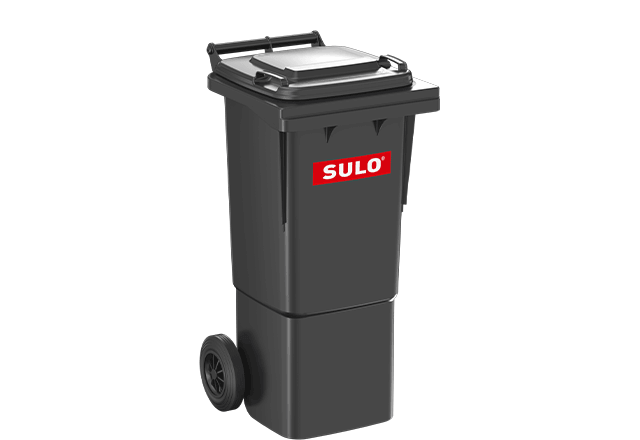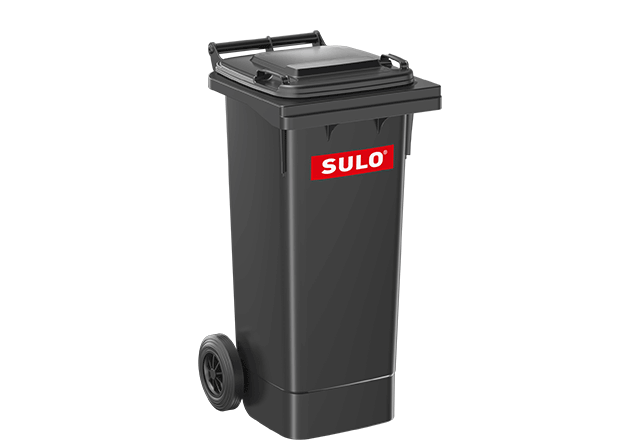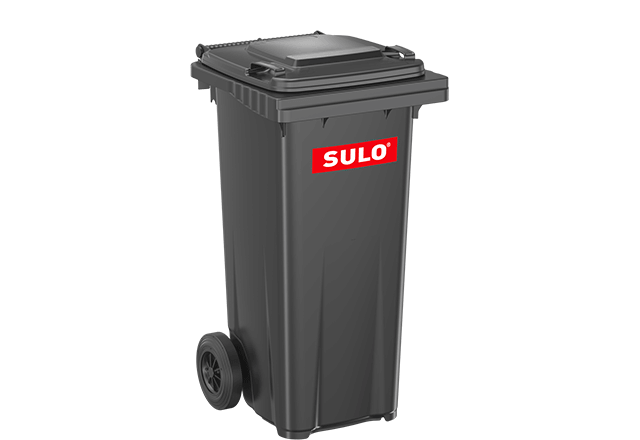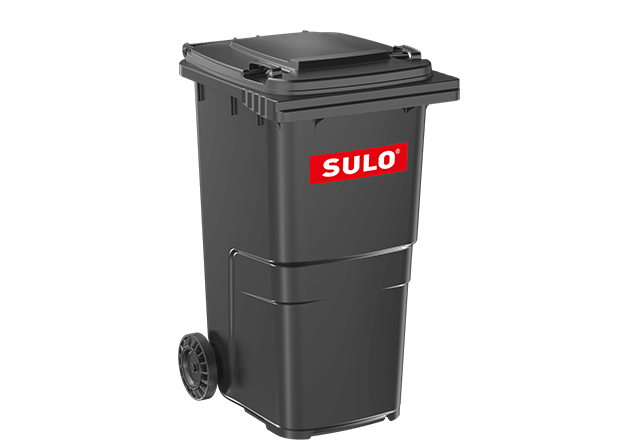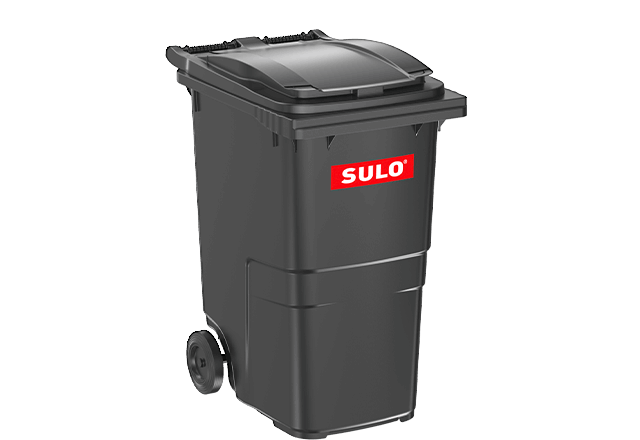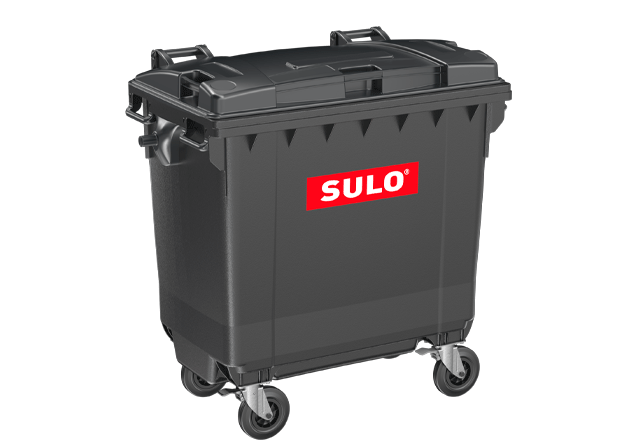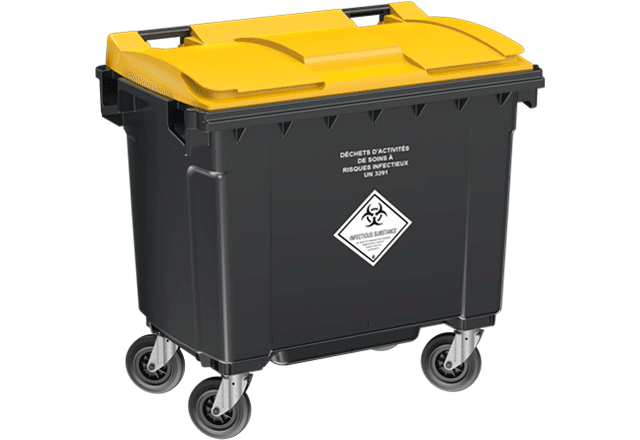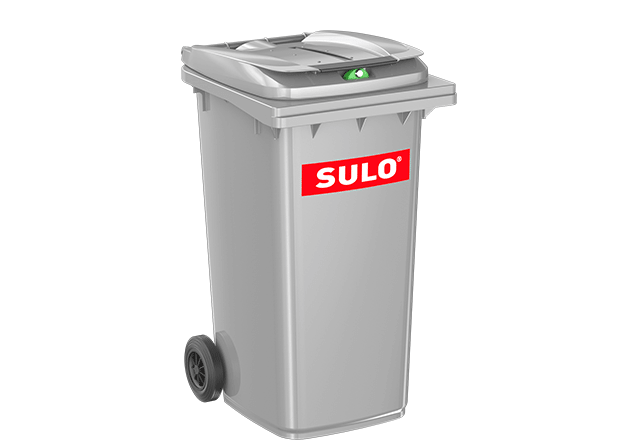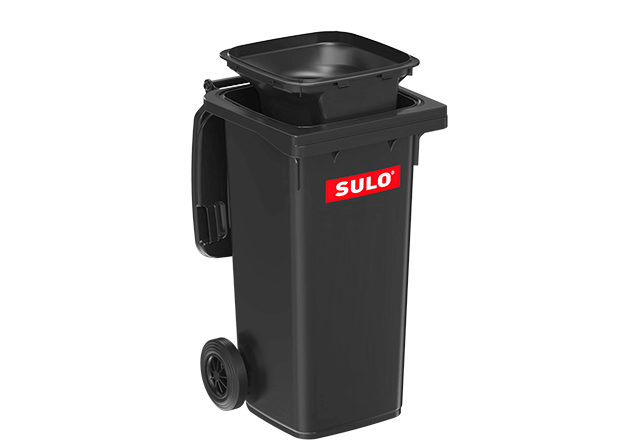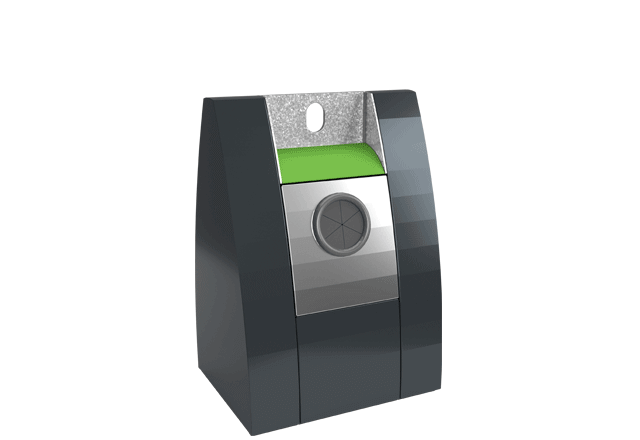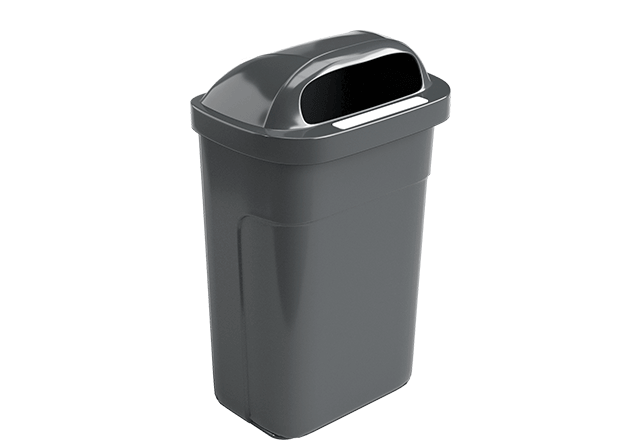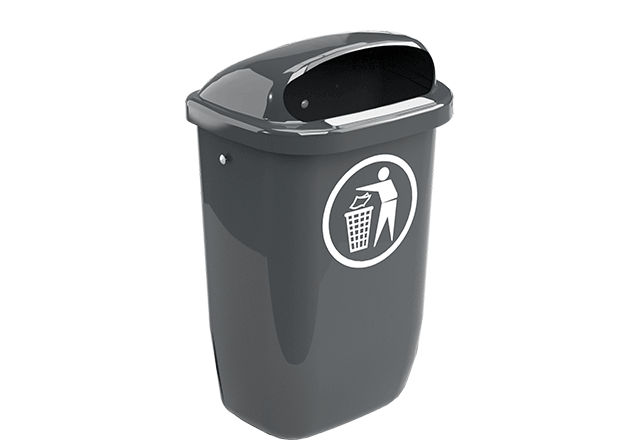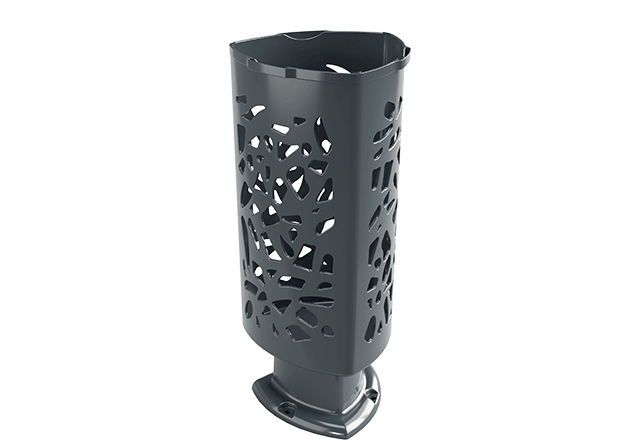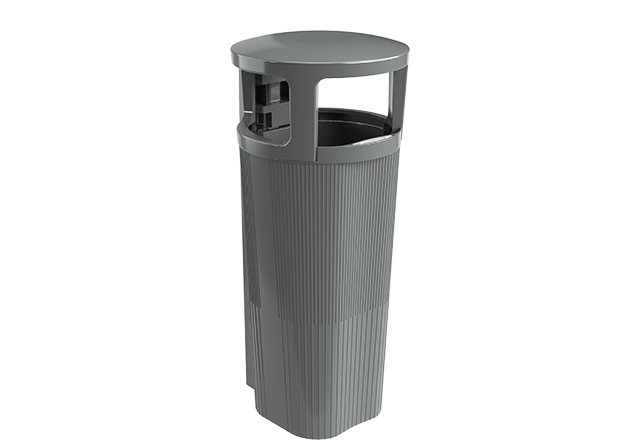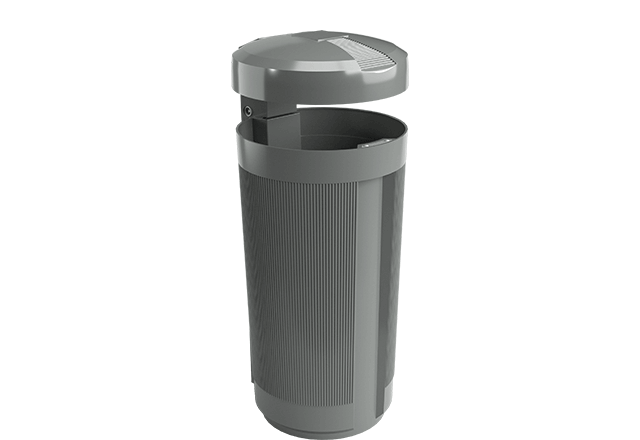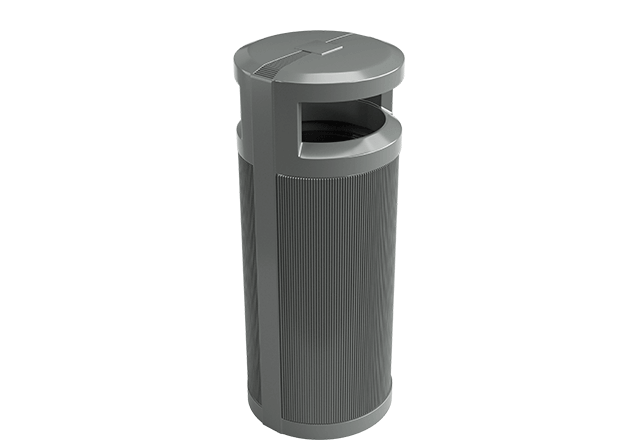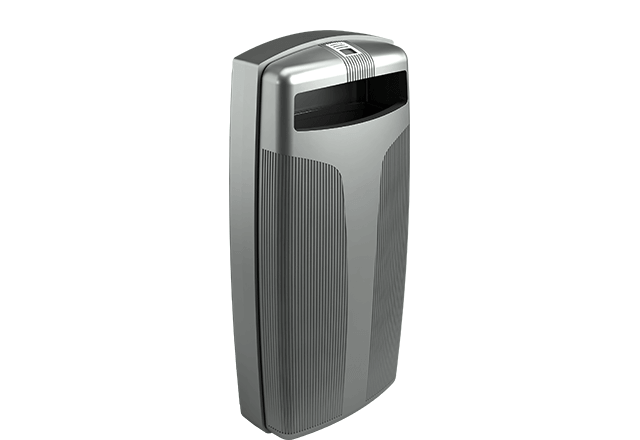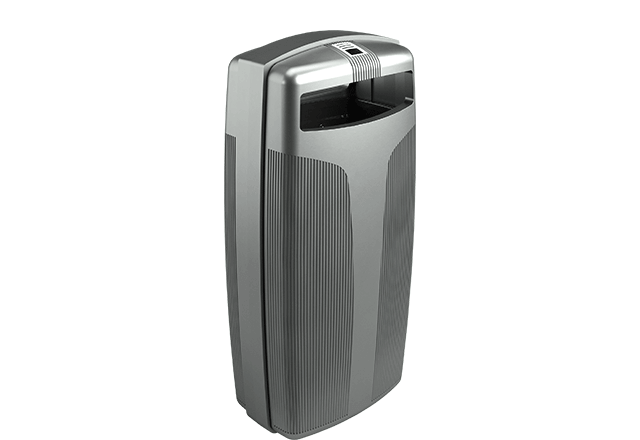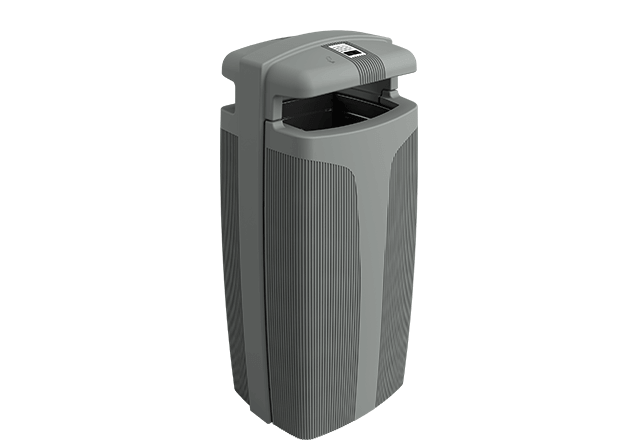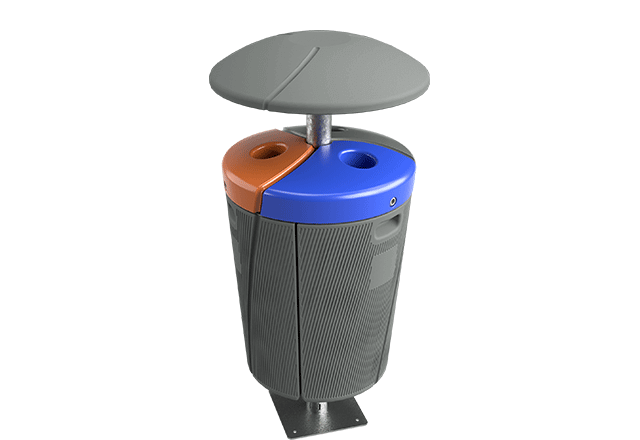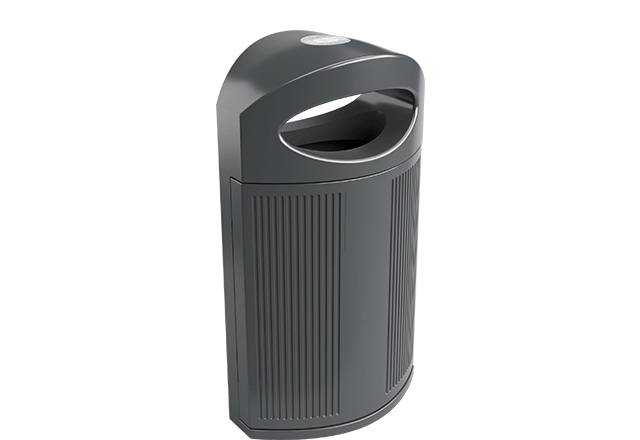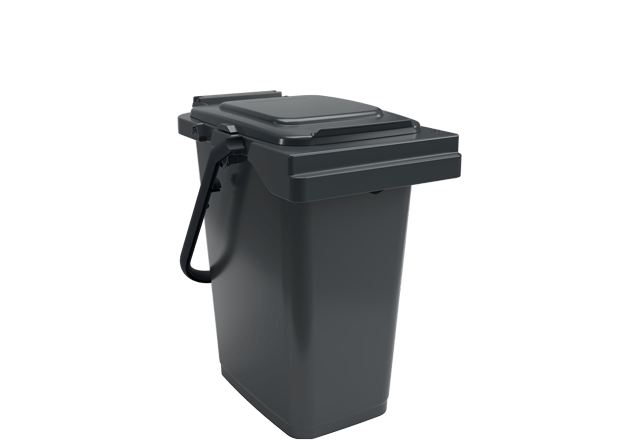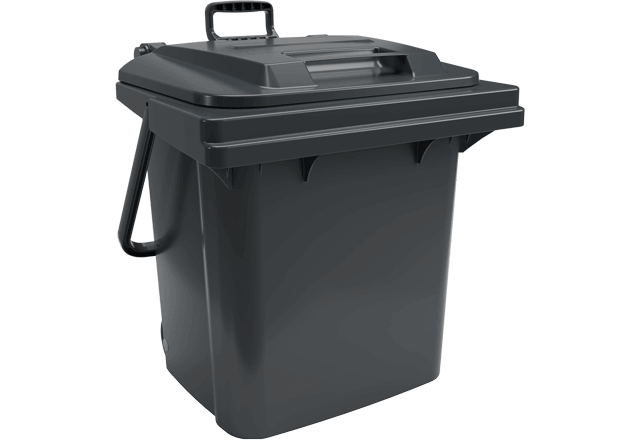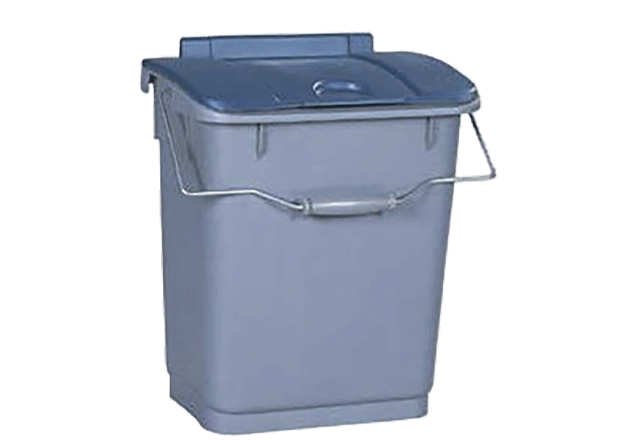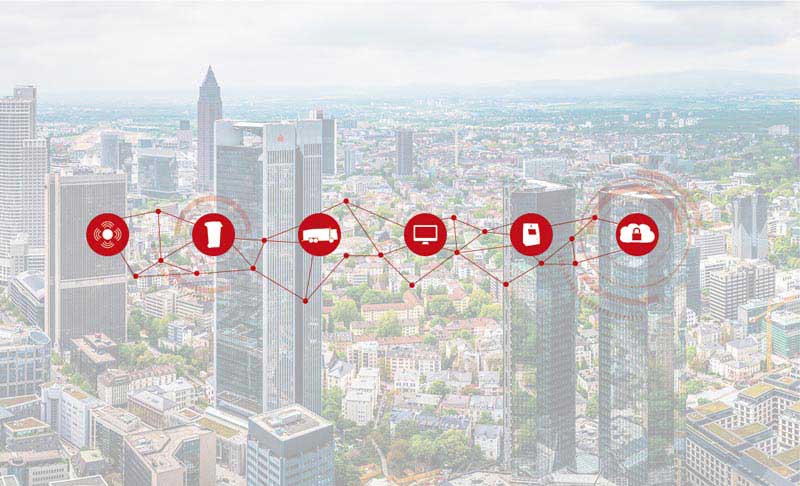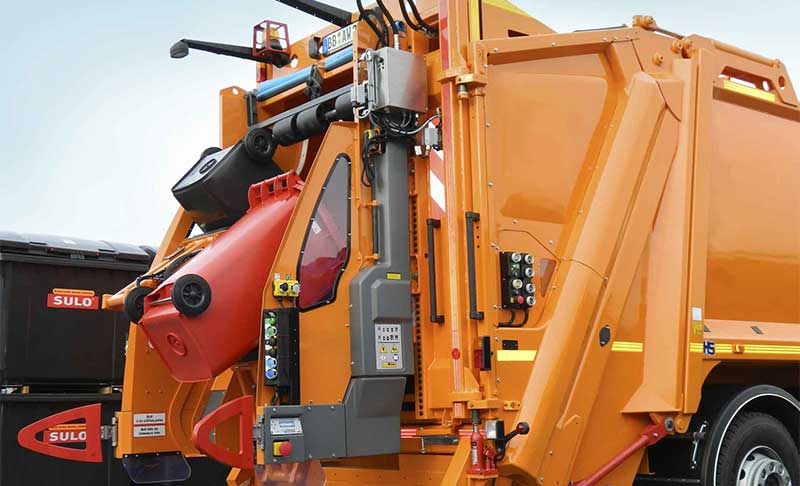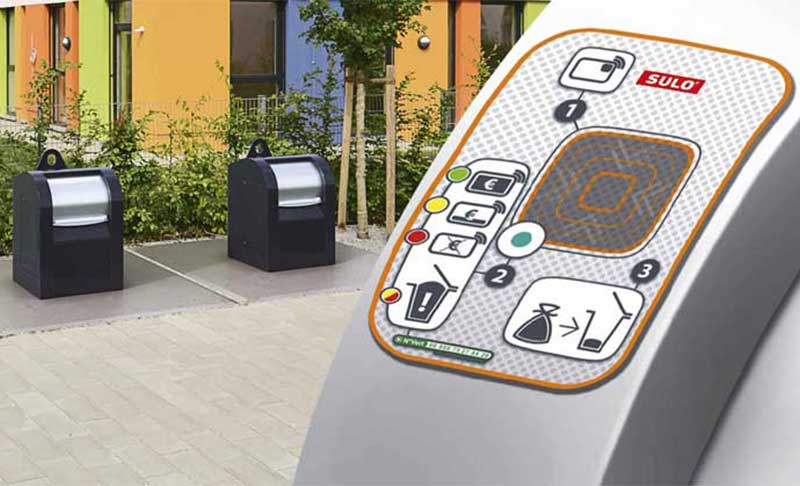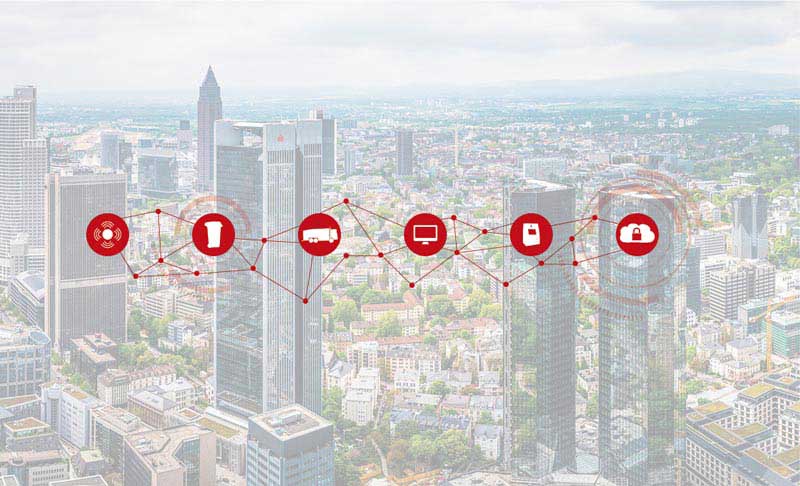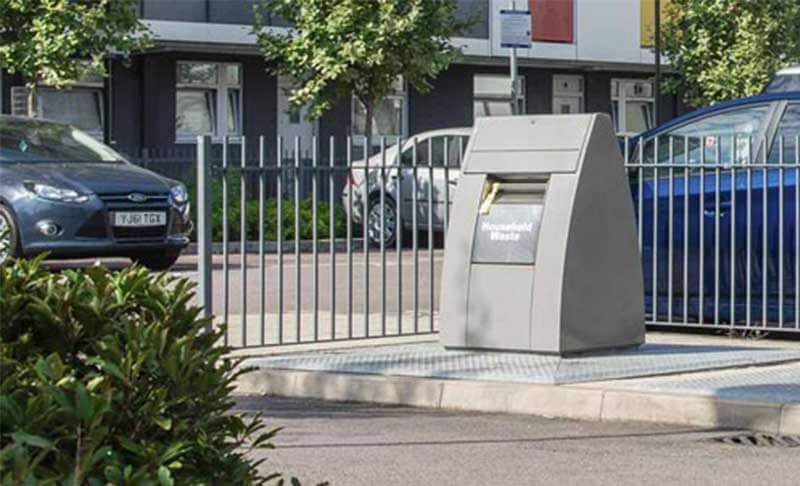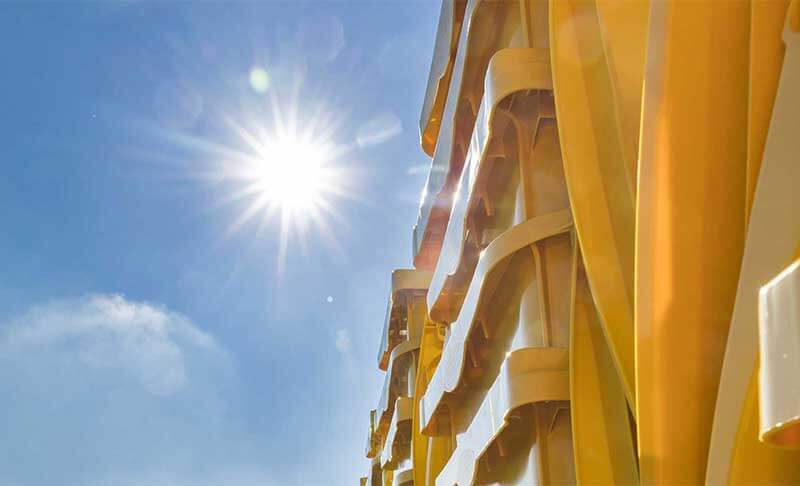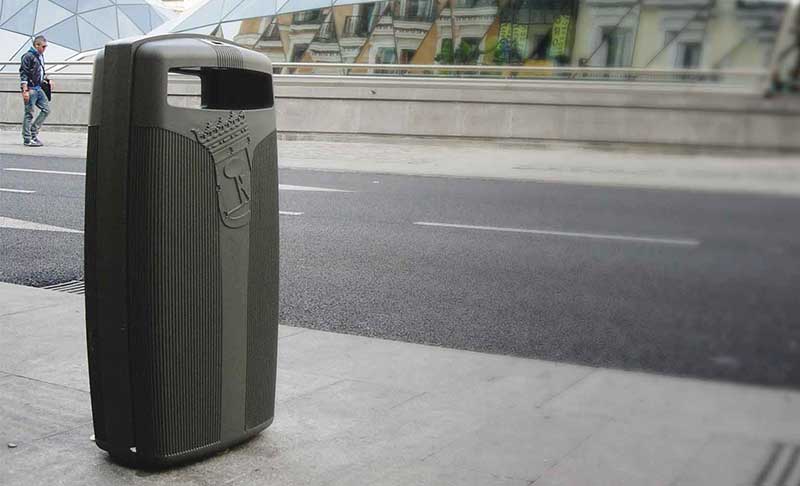Clever collection!
Alternatives for household collection - a recent study compares the costs of different collection alternatives
Increasing cost pressure, but also set environmental targets, mean that the conventional methods of sorting and collecting waste are increasingly being reconsidered and ideally optimized. What is needed are sustainable models that reduce costs and increase the recycling rate in equal measure. A recent study compares the DECEM two-fraction container system with the one-fraction-one-container practice common in German-speaking countries and with two multisorting models practiced in Sweden.

von Peter Kamps | Updated 01 September, 2023 | Reading time approx. 8 min.
A Study with Significance for Austria and Germany
In Sweden, with many sparsely populated regions, the transport and cost of household collection has long been a focus of attention. Simultaneous collection of several waste fractions is therefore a close and efficient solution. In 2017, the Swedish Environmental Institute IVL conducted a study in a pilot municipality to compare the cost-effectiveness of the four-chamber Fyrfack system with the optical sorting of the Optibag system. A recent study now also includes the two-chamber DECEM system from San Sac, which is part of the SULO Group, in the comparison. The comparison with the currently widespread form of collection here is likely to be particularly informative for household collection in Germany and Austria.

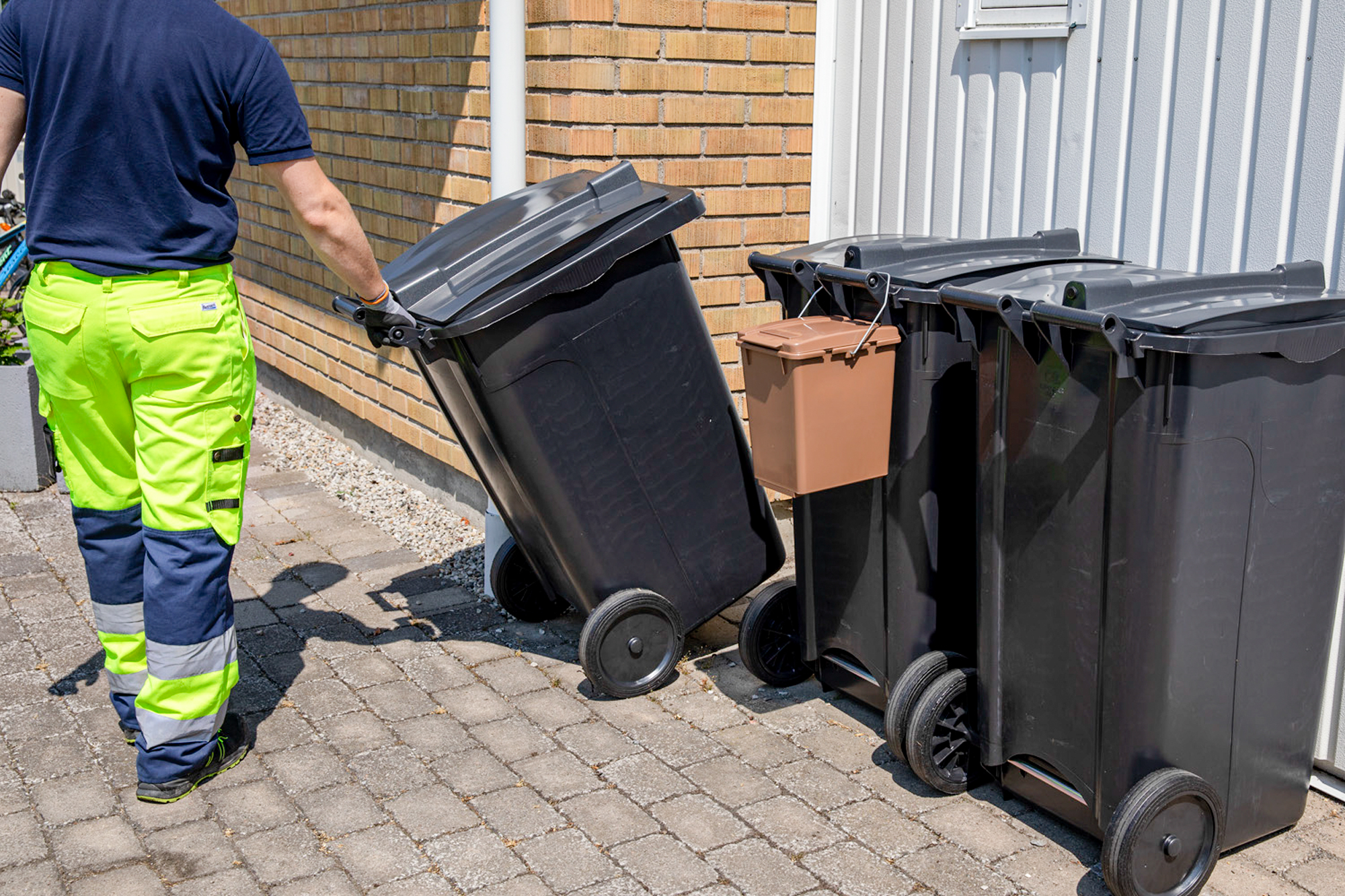

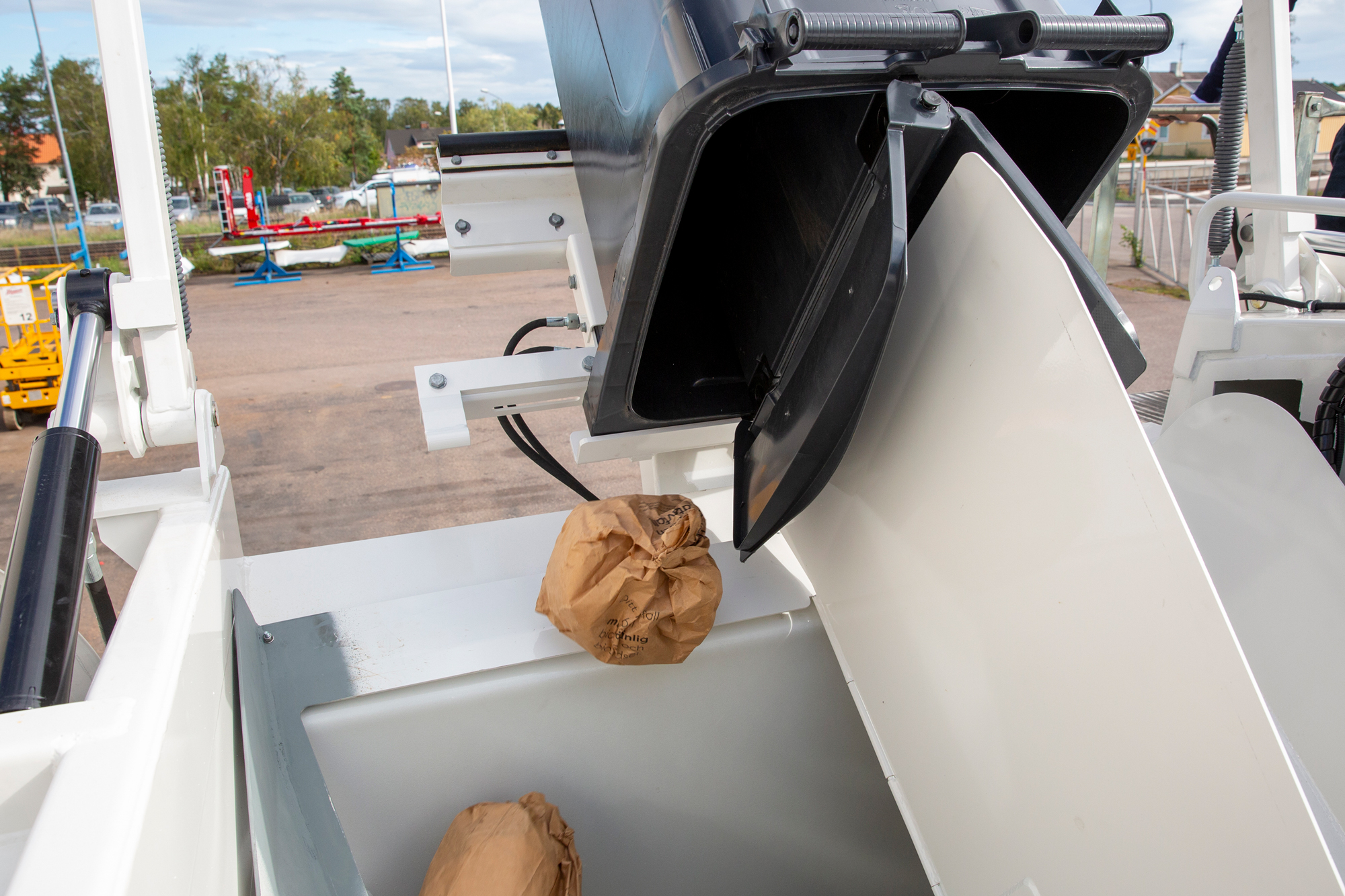
DECEM or single-chamber waste container - the 2021 setup:
The DECEM system is based on bins with two chambers each for two waste fractions in a 40/60 size ratio. In the setting of the study, each household receives three or four garbage cans for the collection of food waste, newspapers, paper packaging, plastic packaging, residual waste, and a mixed fraction of metal and colored or uncolored glass waste. Two types of lids are possible:
1. standard lid, which covers both chambers. Emptying is done by rear loader.
2. butterfly lid, where each chamber has its own lid. The collection is done by side loader. The size of the bins and the size of the chambers is variable as needed.
The bins are emptied at specified intervals.
In addition, the study calculates a reduced DECEM variant with 2 bins, i.e. four waste fractions, which is supplemented as a backup of recycling stations for metal, glass and newspapers.
The single-compartment waste bin system is currently used nationwide for household waste collection in Central Europe. The study assumes that each household receives one bin each for the collection of food waste, residual waste, plastic packaging, paper packaging, each collected by a side loader or rear loader.

Basics of the comparative economic efficiency study
The starting point for the calculations is the pilot municipality of Eskilstuna with 15,582 connected households. The earlier study was also based on this size, which currently served as the comparative size for the DECEM calculation.
Investment costs.
The investment costs identified are new acquisition costs that assume that each of the systems is set up from scratch. This includes the purchase of bins, vehicles, neighborhood collection stations for 70 households each, depot containers for 1000 households each, and everything needed to begin smooth system operation. It does not include costs that can be assumed to be the same for each system, such as administrative and information costs.
Running costs per year .
In addition, the running costs have been calculated over a period of one year, this includes capital costs, operating costs including vehicles, personnel, maintenance, energy, etc., but also costs for complementary recycling stations, if required. All systems include the entire handling from collection from households to post-sorting and loading of the collected waste fractions.
The bottom line is that the DECEM 2 chamber collection is convincing
First of all, it is advisable to look at the essential results of 1. the investment requirement and 2. the ongoing annual costs, in order to draw an overall conclusion afterwards.
Investment requirements of the alternative systems.
DECEM with 3 to 4 containers and the collection of all fractions directly at the house (Ex. 1 - 6): Here, the investment costs for containers and vehicles are consistently just below those of Optibag and the single-chamber container collection, but significantly below those of the Fyrfack 4-chamber container system.
DECEM with 2 bins, i.e. 4 fractions and supporting collection stations in the immediate vicinity for approx. 70 households (Ex. 7 - 8): The collection stations drive up the investments, these are almost as high as the investments for bins and vehicles together. Thus, the calculated investment requirement is above that of the single-chamber container collection, but still clearly below that of the Fyrfack.
DECEM with 2 containers, i.e. 4-fractions and recycling stations as backup for about 1000 households (Ex. 9, 10 and 12): In these systems, the investment requirement is by far the lowest. In this model, two containers manage to collect the same amount of waste fractions directly at the house as in the single-chamber system. In both models, it must be accepted that the distance from the households to the supplementary fraction collection (metal, glass, newspapers) is longer than in the other comparison systems.
Single bin collection with 4 bins for 4 waste fractions (Exs. 11 and 13): The investment requirement remains clearly below that of the Fyrfack, but above that of the DECEM models with two bins and about the same as Optibag.
The model with the lowest investment requirement is DECEM Ex. 9, collection in 2 bins (240 and 360 l) each with two chambers with butterfly lid and emptying by side loader.
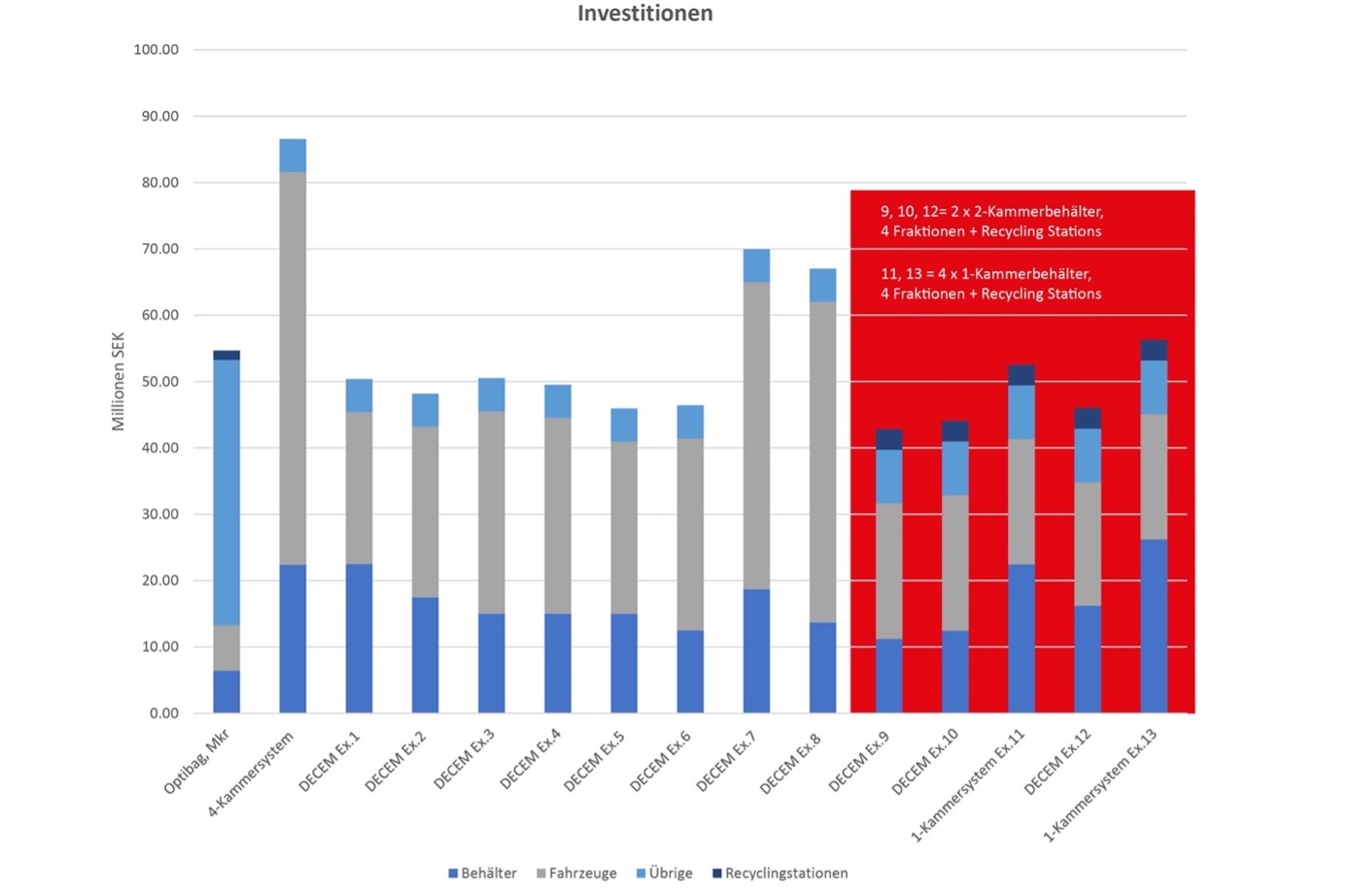
Running costs per year in comparison
In the calculation of the sum of running costs per year, as in the calculation of capital expenditure, DECEM models 9, 10 and 12 based on two bins and supplementary recycling stations for 1000 households perform most favorably.
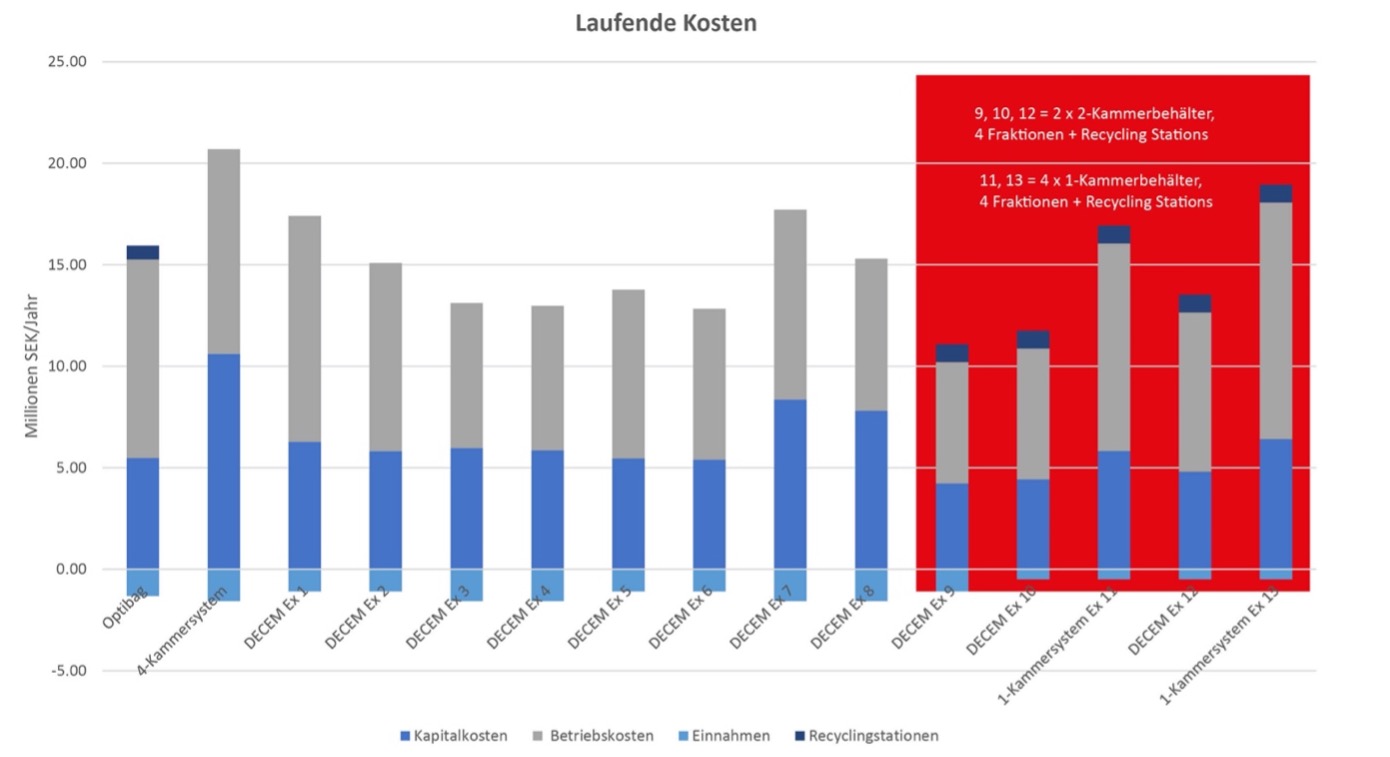
Conclusion and outlook: Optimization potential clearly exists
The study by the Swedish Environmental Research Institute contains a message of encouragement in terms of cost efficiency and environmental sustainability. It shows that innovative solutions make it possible to combine several future aspects.
Multisorting as simultaneous household collection of several fractions based on 2-chamber containers proves to be a significantly more economical alternative at comparable collection volumes compared to the single-chamber container collection for each waste fraction currently widespread in Germany and Austria.
By collecting and emptying two fractions in one operation, unnecessary transport routes and the associated CO2 emissions are reduced to a minimum. The DECEM variant with ergonomic butterfly lid also offers the logistical advantage of automated emptying by side loader in one-man operation.
The study suggests that it makes sense from an economic perspective to use combined forms of waste collection. The most cost-effective models in all categories, namely DECEM as a 2-compartment container variant, allow simultaneous collection and emptying of four waste fractions directly at the house, but require as a backup the provision of recycling stations for sorting glass and metal, for example. In the end, each municipal household waste management agency is required to conduct a careful cost-benefit analysis to determine which system best meets local needs on a sustainable basis.
To read the entire study by the Swedish Environmental Research Institute IVL, please contact: .

Written by Peter Kamps
.
Peter Kamps has been managing director of SULO Germany since 2019. As a sales and marketing expert, it is important to him to position the SULO brand as a sustainable player in the circular economy.

